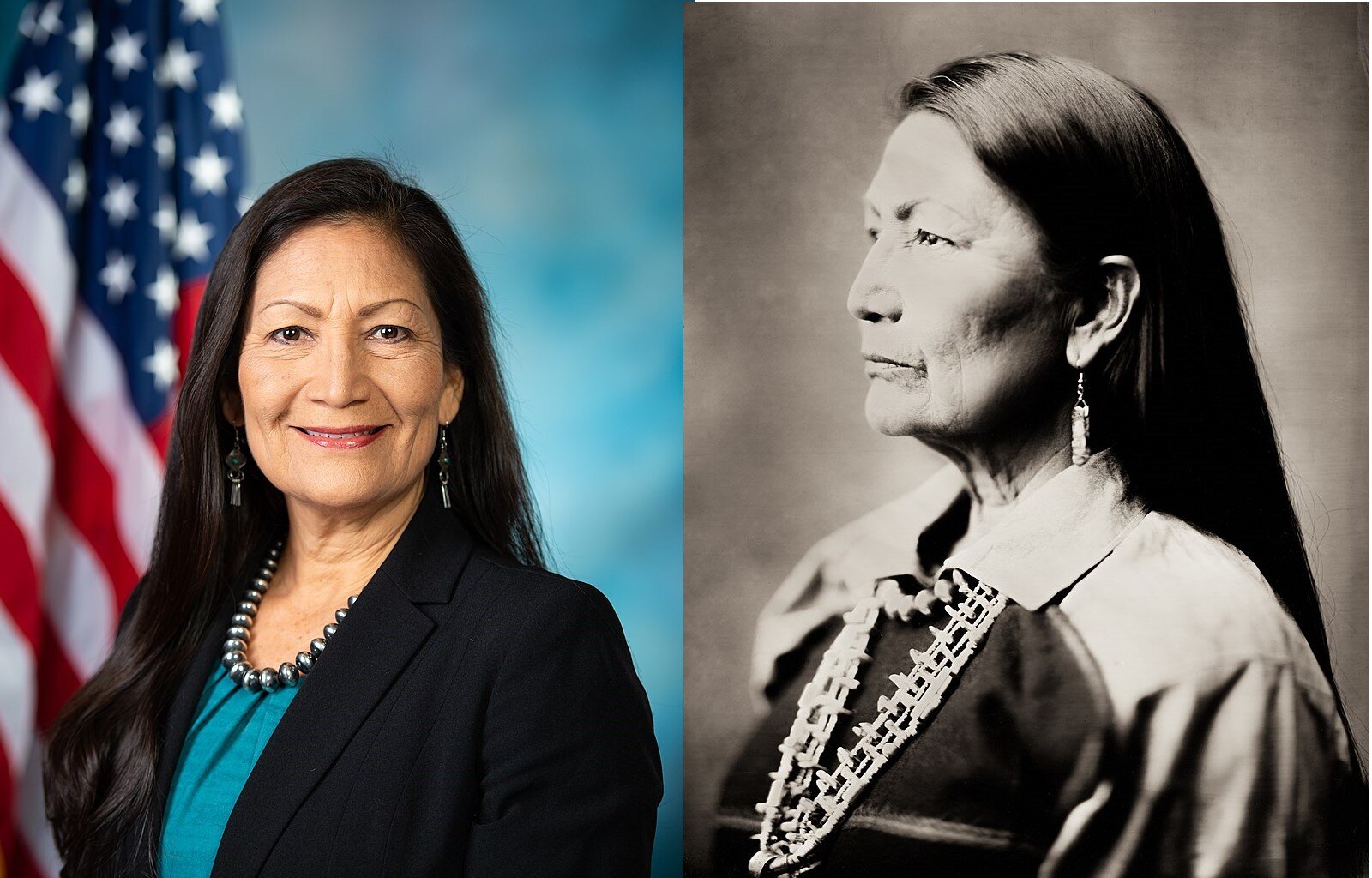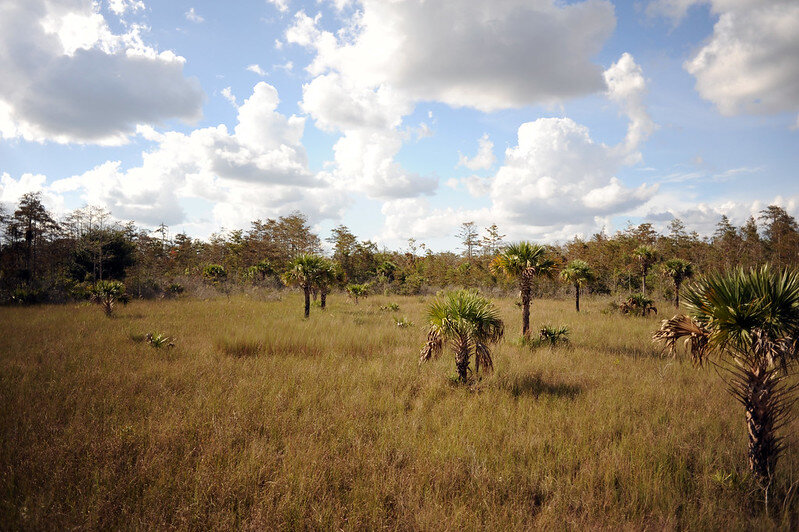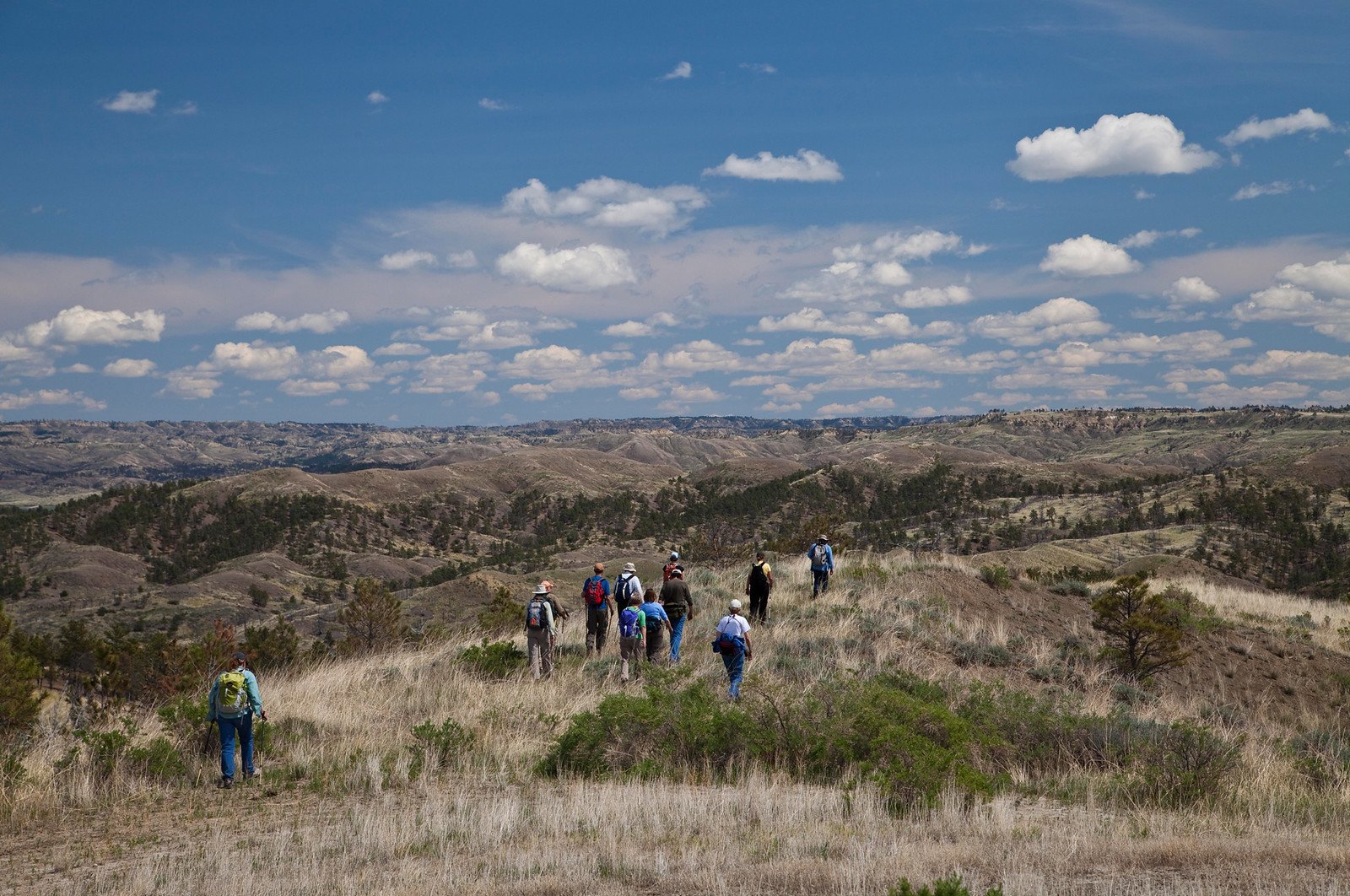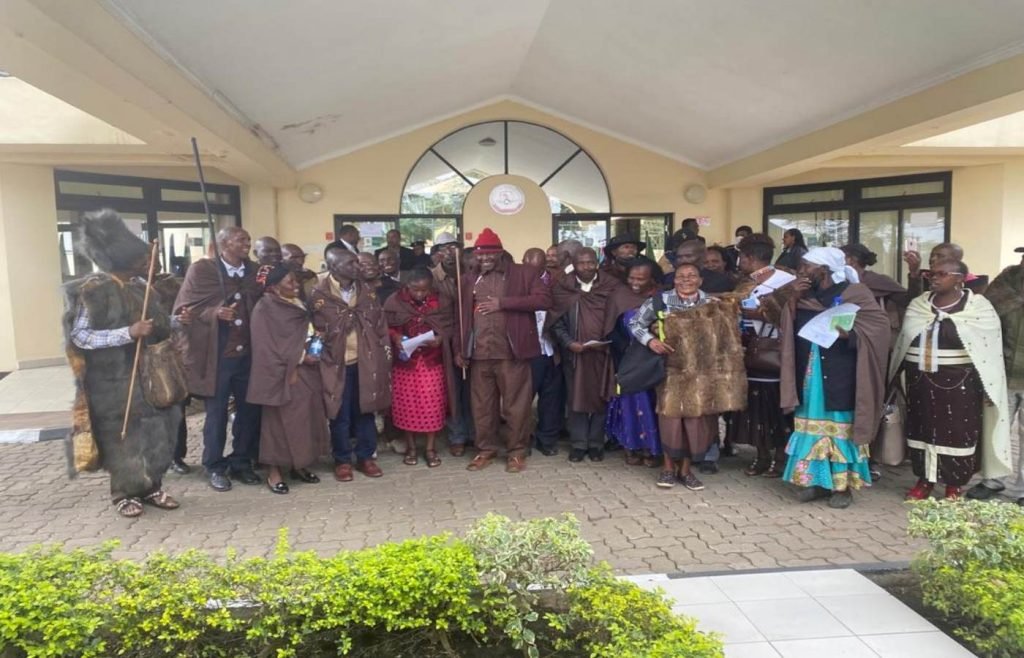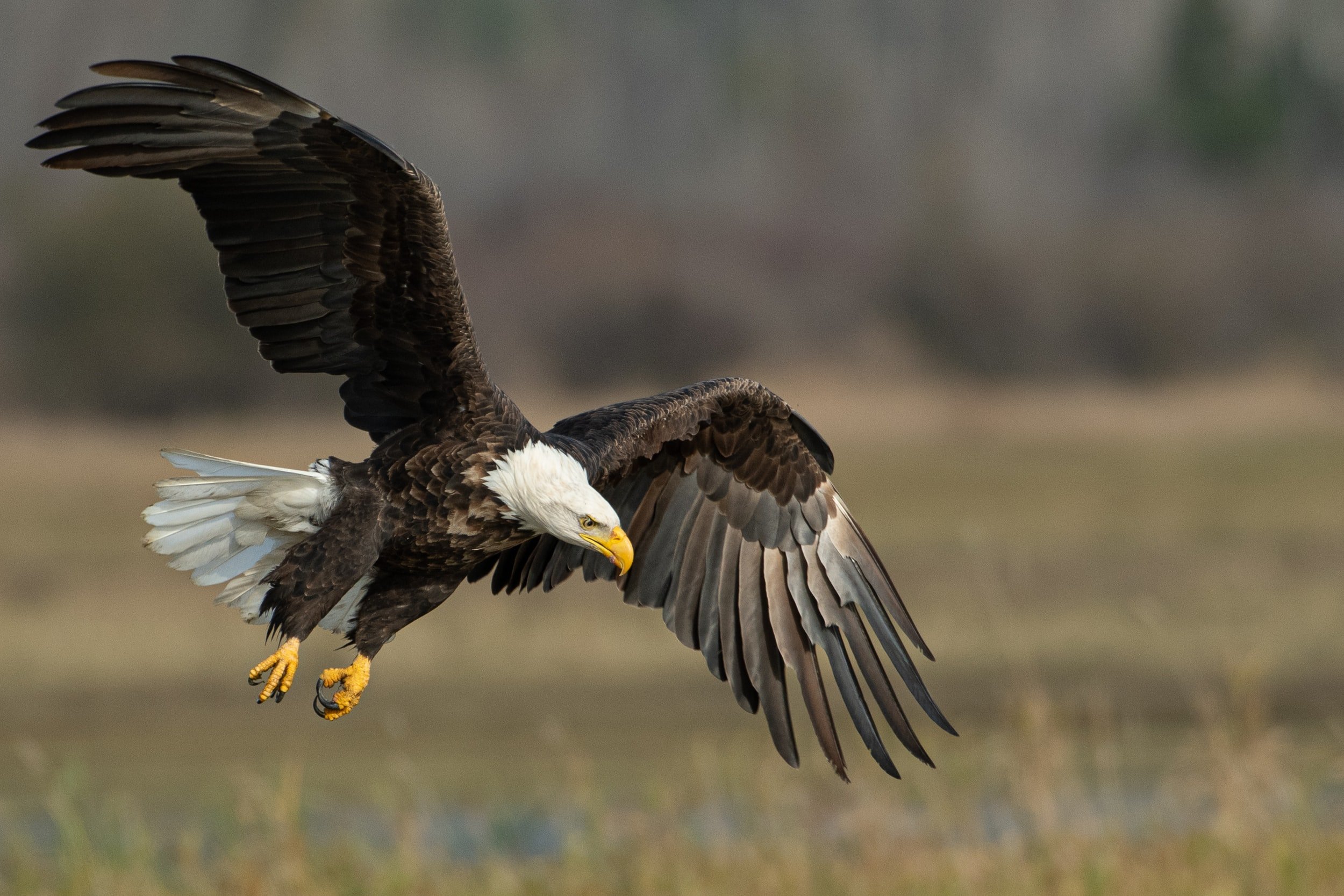After President Biden signed an Executive Order earlier this year detailing that federal agencies should work to ensure 30% of America’s sovereign land and water be maintained for dual conservation and recreation purposes (30×30), the details were desperately limited, only that there would be a lot of collaboration, that Tribal Nations would be heavily involved, and that there would be a tax-payer funded jobs program similar to the Civilian Conservation Corps (CCC) of the Roosevelt New Deal programs.
Now a report, drafted by the U.S. Departments of the Interior, Agriculture, and Commerce, and sent to the National Climate Task Force, outlines eight principles to serve as a guide for a variety of policy recommendations that would, if implemented in any serious way, leverage every aspect of the American public lands system to preserve what is here, and restore what has been lost.
The principles include what could be described as a “best of” American management and interior policy, including things like bringing in private landowners, stewards, and people who lease federal land for purposes of things like ranching, to all make contributions towards the 30×30 goal, opening up more areas for recreation, hunting, and sport fishing, reducing bureaucratic burdens for tribal nations looking to access conservation funding and much more.
“The President’s challenge is a call to action to support locally led conservation and restoration efforts of all kinds and all over America, wherever communities wish to safeguard the lands and waters they know and love,” write the secretaries of the departments mentioned before, in what is an accurate summation.
PICTURED: Sec. of the Interior Debra Haaland was selected by Joe Biden, according to many people’s beliefs, for her ability to carry out the American the Beautiful/30×30 executive order.
Congresswoman Debra Haaland, or “Crushed Turquoise” of the Laguna Pueblo, New Mexico’s 1st District, captured in the historic wet plate collodion process of pure silver on glass for “Northern Plains Native Americans: A Modern Wet Plate Perspective”. Photo credit: Shane Balkowitsch. CC 4.0.
Environmental everything
Biden doesn’t just hope to accomplish 30×30 by draping green blankets of protected areas legislation over the map, his administration looks to want to achieve it through a nationwide mosaic of everything from funerary forests to school playgrounds, and the largest national parks and wildlife refuges to the smallest piece of county legislation protecting single features like a creek or a marsh.
Among such connected proposals was a recent shout by the U.S. Fish and Wildlife Service (FWS) to open up hunting and fishing opportunities on 2.1 million acres at 90 national wildlife refuges; the single-largest expansion of what is referred to as “sportsman’s access,” ever.
The FWS purposed expansions in states as varied as Texas and Florida, Virginia and Maine, and would be accompanied by reductions or revisions in use-law in order to more closely jibe with the laws of the states in which the refuges are found.
The America the Beautiful Act also wants to create a national database to collect information on every conceivable class and category of land imaginable, to offer policy makers and scientists the highest-resolution rendering of the picture of conservation in America, and just what the land is doing and providing for what and for whom.
Called the American Conservation and Stewardship Atlas, it would combine existing datasets like the Federal Protected Areas Database, the USDA’s Natural Resources inventory, and others, and would aggregate data from private landowners, tribal nations, forest owners, ranchers, and fisheries as well.
PICTURED: The prairie in Florida Panther National Wildlife Sanctuary, one of the units the FWS recently expanded fishing opportunities in.
Another tactic, similar to ones employed by Britain’s government, involves incentivizing farmers and landowners to focus on conservation in their land-use practices.
“The FWS should enhance support for voluntary conservation efforts by private landowners through initiatives such as Conservation Without Conflict, tools such as species credit trading (conservation banking) and Candidate Conservation Agreements with Assurances, and the Partners for Fish and Wildlife Program,” the report states.
A focus on flexible, community and local-led conservation efforts are repeated throughout the report, and the yearly update to Congress should make for interesting reading to see if such a leviathan Washington-born effort can succeed.
“Decades of land and water stewardship by ranchers, farmers, fishers, hunters, private property owners, conservation organizations, Tribal Nations, territories, State and local governments, and others have demonstrated that the most effective and enduring conservation strategies are those that reflect the priorities, needs, and perspectives of the families and communities that know, live, work, and care for the lands and waters,” the report states, which probably should be the method in which a 30×30 is carried out, as it rightly admits just after.
“Science can provide information about the places that are most rich in wildlife, that store the most carbon, or that are most rare or imperiled, but data alone should not be the sole guide or measure of success for how the nation protects, conserves, or restores its lands and waters”.

